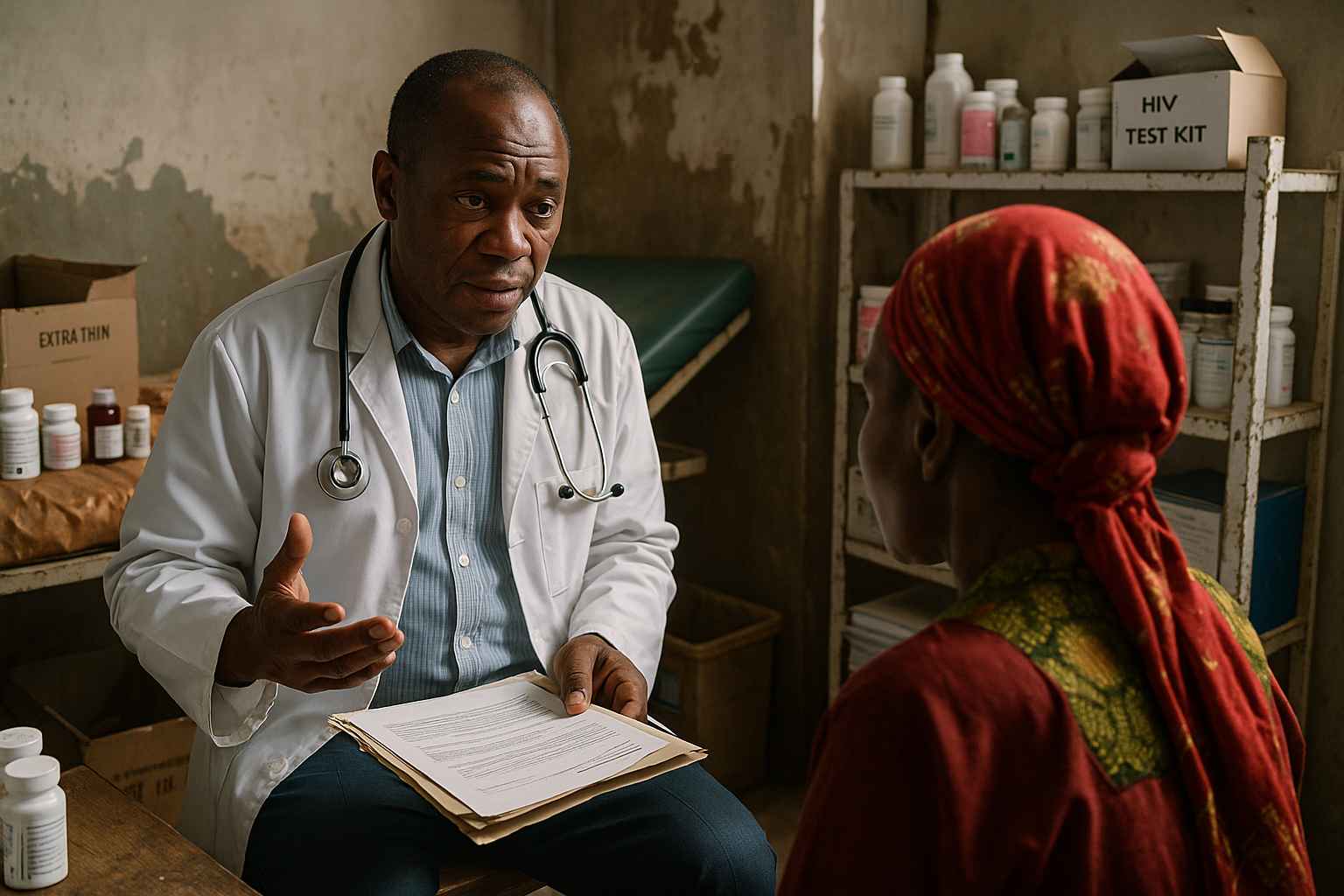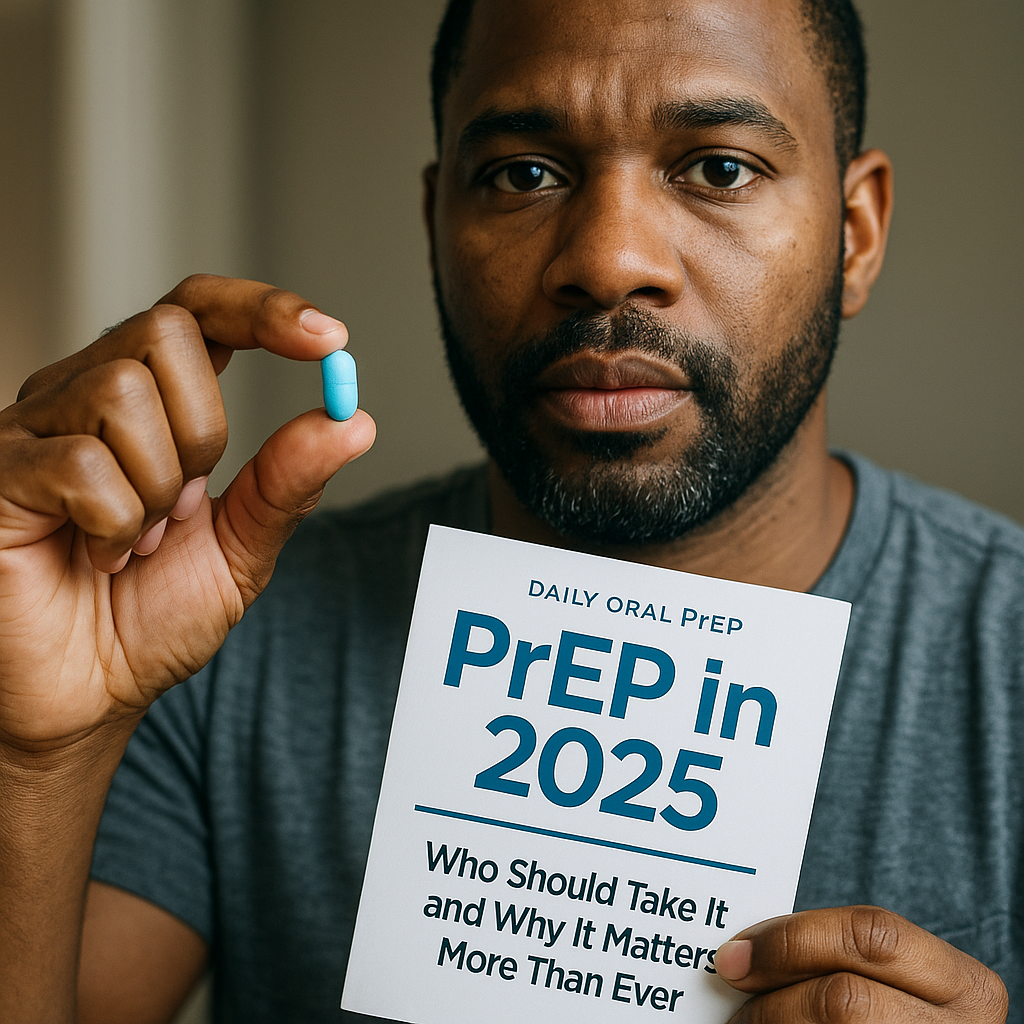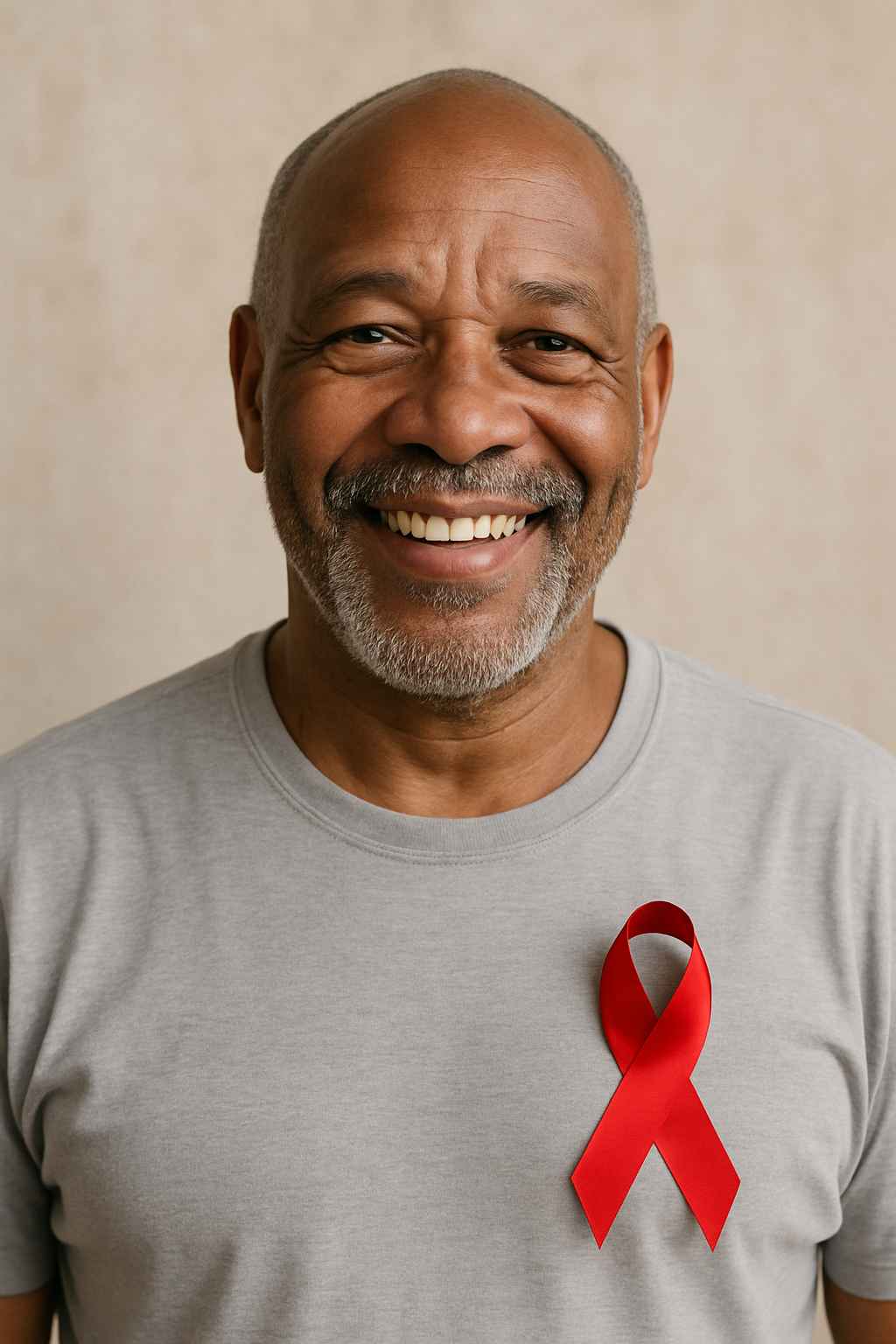
What happens when lifesaving support disappears overnight? Across Sub-Saharan Africa, the answer is becoming tragically clear. AIDS funding cuts are already taking a visible toll on communities, straining fragile healthcare systems and threatening the progress made over decades in the global fight against HIV.
Many African nations have long depended on international aid for antiretroviral medications, HIV testing, education, and prevention programs. While HIV/AIDS remains one of the continent’s biggest public health challenges, shrinking donor contributions are now reversing gains and putting millions at risk.
In this article, we explore how funding cuts are affecting care, what’s driving the financial shortfall, and what stakeholders can do to protect vulnerable populations before the damage becomes irreversible.
Table of Contents
- The Scope and Scale of AIDS Funding Cuts
- How Cuts Are Affecting HIV Care Across Africa
- Impact on Prevention, Education, and Vulnerable Populations
- What Needs to Happen Now: Action and Accountability
- Conclusion and FAQs
The Scope and Scale of AIDS Funding Cuts
In 2025, several of the world’s leading AIDS funders—including the U.S. President’s Emergency Plan for AIDS Relief (PEPFAR) and the Global Fund—have faced budget reductions due to shifting geopolitical priorities, economic instability, and donor fatigue.
Although African nations have made progress in domestic health investment, the majority of HIV programs still rely heavily on international aid. According to UNAIDS, more than 60% of funding for HIV services in Sub-Saharan Africa originates from external sources.
With these budgets shrinking, clinics are being forced to make impossible choices: prioritize treatment for patients already on antiretroviral therapy (ART), reduce the number of tests administered, or close down outreach programs altogether.
Countries such as Malawi, Uganda, Kenya, and South Africa are already reporting delays in drug shipments, interruptions in care, and reduced staff hours. These disruptions are not just logistical—they are matters of life and death.
To follow the latest developments and community stories, visit AIDS.org’s blog.
How Cuts Are Affecting HIV Care Across Africa
Access to consistent treatment is the cornerstone of HIV care. Unfortunately, AIDS funding cuts are disrupting ART distribution in ways that ripple through every aspect of the healthcare system.
Clinics report patients being turned away or told to wait weeks for refills. Interruptions in medication increase the risk of drug resistance, making future treatment more complex and costly. Some people living with HIV are being forced to share doses or skip days—choices that undermine viral suppression and public health goals.
For newly diagnosed patients, the situation is equally bleak. In many areas, testing kits are in short supply. Outreach and testing programs—especially mobile units that serve rural communities—are being decommissioned due to lack of fuel, staff, or materials.
In urban centers, clinics are overwhelmed, with fewer counselors and overworked nurses. Some facilities have paused early infant diagnosis services, risking delayed intervention for babies born to HIV-positive mothers.
Even HIV-positive pregnant women in antenatal care are reporting gaps in services that once were dependable. The result is a resurgence of vertical transmission—something Africa had fought hard to reduce in recent years.
In such circumstances, early intervention becomes harder, and community trust in health systems begins to erode.
Impact on Prevention, Education, and Vulnerable Populations
Beyond direct treatment, AIDS funding cuts are choking off the prevention efforts that have been instrumental in reducing transmission over the past two decades.
Education campaigns—especially those aimed at adolescents and young adults—have been scaled back or discontinued. Peer-led programs in schools, youth centers, and faith organizations are disappearing just as Africa’s youth population hits record highs.
Condom distribution and PrEP access, both critical components of prevention, have also declined. In several nations, once-reliable community centers report empty shelves and unanswered requests for support.
Key populations, including sex workers, men who have sex with men (MSM), and people who inject drugs, are facing even greater barriers to care. Often marginalized and criminalized, these groups have historically depended on donor-funded programs for safe access to testing and treatment. With many of these initiatives paused or eliminated, their risk of infection and death has increased significantly.
Healthcare professionals are also speaking out. Frontline workers in Kenya and Nigeria warn that morale is sinking fast. They are being asked to deliver care without resources or training, leading to burnout and attrition in an already under-resourced sector.
To learn more about HIV/AIDS services and global needs, UNAIDS provides helpful resource summaries.
What Needs to Happen Now: Action and Accountability
The consequences of AIDS funding cuts are not theoretical—they’re already unfolding. The global health community must act swiftly and strategically to close the gap before we witness a full-blown crisis.
First, donor countries and global institutions must reaffirm their commitments. While budget constraints are real, redirecting funds away from AIDS programs will only create larger, more expensive problems later. Multilateral support and continued investment are essential to avoid erasing decades of progress.
Second, greater transparency is needed in how remaining resources are allocated. Governments and NGOs must ensure that what funding remains is prioritized for essential services—treatment continuity, maternal health, prevention, and community outreach.
Third, African governments must strengthen domestic resource mobilization. Some countries have begun this process through health insurance reforms or “sin taxes” on alcohol and tobacco. However, more must be done to increase fiscal space for health spending.
Lastly, innovation and partnerships can help fill the gaps. Public-private collaborations, digital health tools, and local manufacturing of medicines and test kits could reduce dependence on foreign aid over time.
For more on what global health leaders are doing to combat funding challenges, explore AIDS.org’s mission.
Conclusion and FAQs
The impact of AIDS funding cuts in Africa is already clear: fewer patients treated, fewer lives saved, and fewer chances to end the epidemic. Without urgent, coordinated action, the continent risks backsliding into a public health emergency that could undo years of progress.
Now more than ever, advocacy, transparency, and international cooperation are needed to protect the health of millions and ensure that AIDS remains a global priority—not a forgotten crisis.
FAQs
Why are AIDS funding cuts happening now?
Funding cuts are due to global economic challenges, shifting political priorities, and a perception that the AIDS crisis has been resolved—despite rising cases in many areas.
Which countries are most affected by the cuts?
Nations like Uganda, Malawi, South Africa, and Kenya—where a large portion of HIV services rely on donor support—are seeing the most severe impacts.
What happens when treatment is interrupted?
Interruptions can lead to drug resistance, higher viral loads, and increased transmission. For pregnant women, it can also increase the risk of mother-to-child transmission.
Can African governments fill the funding gap?
Some are trying through health reforms and taxation, but most lack the economic strength to fully replace international aid in the short term.
What can I do to help?
Support organizations that fund HIV programs, stay informed, and advocate for continued global investment in AIDS response.
Disclaimer
This content is not medical advice. For any health issues, always consult a healthcare professional. In an emergency, call 911 or your local emergency services.



